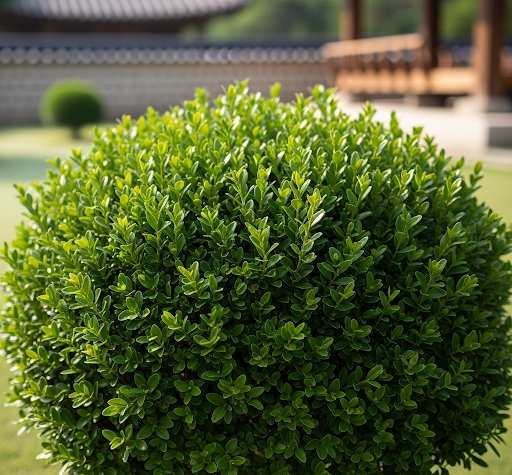Korean Boxwood Seeds
Korean Boxwood Seeds
Couldn't load pickup availability
Korean Boxwood Seeds
(Buxus microphylla koreana)
Buxus microphylla koreana, commonly known as Korean littleleaf boxwood, is a compact evergreen shrub valued for its dense foliage and slow growth. It is native to Korea and parts of China and Japan. This variety is especially appreciated for its small, glossy green leaves that maintain their color year-round, making it a popular choice for low hedges, borders, and foundation plantings in gardens and landscapes. The shrub typically grows slowly, reaching heights of about 2 to 4 feet, and spreads evenly to create a neat, rounded form.
Korean littleleaf boxwood is well-suited to a range of growing conditions but prefers well-drained soil and partial to full sun exposure. It is hardy in USDA zones 4 through 8 and tolerates urban pollution, making it an excellent choice for city gardens. This plant requires minimal maintenance aside from occasional pruning to maintain shape and remove any dead or damaged branches. It is also resistant to many common pests and diseases that affect other boxwood species, adding to its popularity among gardeners looking for a reliable and attractive evergreen shrub.
Zones: 4 to 8
Germination Range: 50-70%
Stratification Requirement: We recommend a 30-60 day cold moist stratification.
Planting Instructions:
Start by soaking the seeds in warm water for 24 hours to soften the hard seed coat and encourage germination. After soaking, it’s beneficial to stratify the seeds by placing them in a moist medium such as seed-starting mix or sand inside a sealed plastic bag. Keep the bag in the refrigerator at around 4°C (39°F) for a period of 6 to 8 weeks. This cold treatment mimics winter conditions and helps break seed dormancy.
Once stratification is complete, prepare a well-draining seed-starting mix in a shallow tray or pots. Sow the seeds on the surface and cover them lightly with a thin layer of soil or fine sand, just enough to keep them moist and in place. Maintain consistent moisture by misting or gently watering, ensuring the soil remains damp but not soggy. Place the tray in a warm, bright location with indirect sunlight, ideally at temperatures around 20 to 24°C (68 to 75°F). Germination can be slow and irregular, often taking several weeks, so patience is important.
After seedlings emerge, continue to provide bright indirect light and keep the soil evenly moist. When the young plants develop several true leaves and grow strong enough to handle, they can be carefully transplanted into individual pots with richer soil to encourage healthy root development. Gradually acclimate them to outdoor conditions if you plan to plant them outside. Throughout the process, avoid overwatering and protect seedlings from extreme temperatures and direct harsh sunlight to ensure successful growth.
Share


